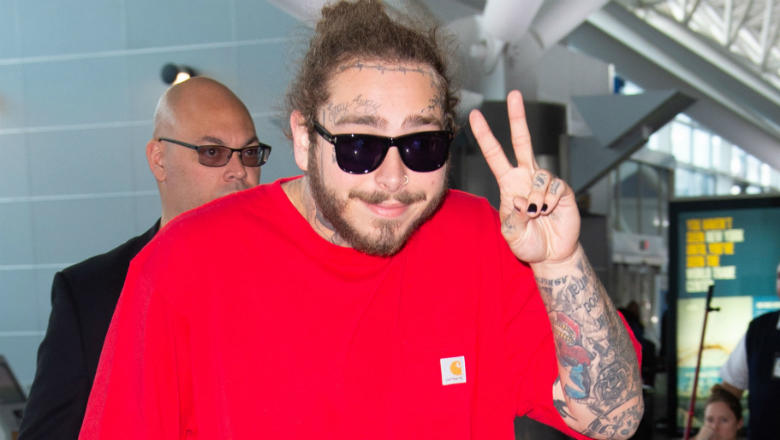When Alessandro Michele was announced as Gucci’s creative director in January 2015, he ushered in a new wave of what has now come to be known as ‘ugly’ millennial fashion. Gone are the days where a juicy couture matching tracksuit set or a bag and a hat in precisely the same shade of violet were the aspirational ideals. In their place, reign outfits where clothes are self-consciously unmatched and disparate from one another. Michele’s aesthetic of oversized glasses and trompe l’oeil embellishment would have been considered garish and farcical in another era but, today, it represents an enviable joie de vivre and haphazard exuberance.
Unusual celebrity collaborations, such as Post Malone’s recent venture with Crocs, show the mainstream acceptance of an aesthetic designers such as Christopher Kane have been pushing for years now, not to mention the hundreds of students whose graduate collections consistently aim to be anything but beautiful. Whilst ugly fashion has been around for some time, it’s much more recent transition to the mass market is intriguing. What has incensed millenials to consider a previous faux pas such as grandma jumpers or socks and sandals suddenly acceptable?

To understand this surprising shift the fashion world must look further than it’s own narrow, shallow remit. Increasing concerns regarding the environment and mounting pressure for a diversification in beauty standards have led millenials to increasingly search for beauty which is more than just skin deep. This search has also been given wider horizons than was ever possible before the advent of the internet, in particular apps such as Instagram and the websites of new and upcoming designers. An increasing pressure on the authenticity of clothing also has led to a demand for ugly clothing with a history – was it brought from a thrift store or borrowed from a grandparent? The answer matters not for this demographic, as long as it is anything but a simple high street purchase.
The rise in popularity of vintage and second hand items has also inevitably lead to a rewriting of the hierarchy of fashion. The disposability and rapid rotations which were once seen as a desirable characteristic of the industry are now widely considered wasteful and unnecessary in an era when environmental concerns are increasingly at the forefront of many consumers’ minds. This has also been coupled with the tenacious popularity of 70s and 90s trends reworked for a modern audience, thus making the breadth of ugly fashion greater than ever before.
Finally, in order to be truly ‘ugly’ clothing, a focus must at least appear to be placed on comfort rather than style. Whilst in past centuries it was seen as favourable to spend excessive time on one’s hair and attire, in today’s world the emphasis is placed on appearing at ease in one’s attire. Millenials (and especially millenial women) are increasingly empowered to tackle the social issues that face today’s world, and largely focus on taking action rather than simply fitting into the stereotypical role of women to be interested in clothing and clothing alone. Rather than focusing their energy on being sexy as a goal in itself, ugly fashion empowers women to feel sexy through the personality they display in their choice of clothes as well as their actions. Regardless of personal taste, ugly fashion has become a form of liberation from traditional archetypes for many and, for this reason (arguably this reason alone), it should be celebrated.
Iona Tompkins
Image: iheartradio
Image:

